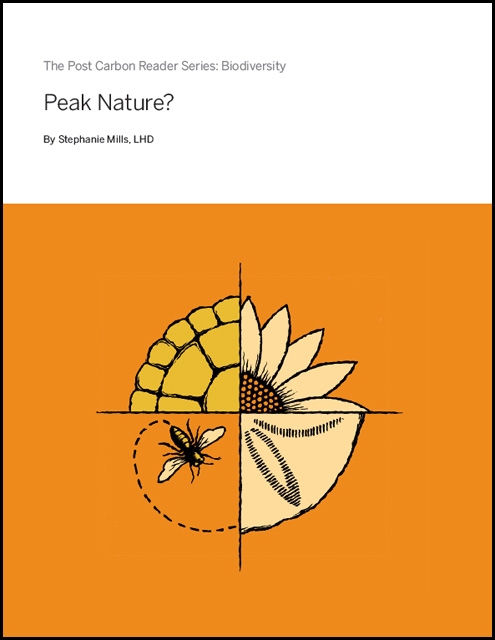Nearly 4 billion years’ worth of trial and error, calamity, extinction, coevolution, and symbiosis have produced biodiversity: the phenomenal multitude of species on Earth. It’s estimated that between fifty million and one hundred million different kinds of microbes, fungi, plants, and animals make up this wild richness of life. Just a single hectare of Atlantic Coastal Rainforest may harbor as many as 450 species of trees, to say nothing of its f lowers, insects, mammals, reptiles, and amphibians.
Moreover, diversity begets diversity—it’s a cumulative process.
Earth’s current biota may in fact be richer than ever before because over hundreds of thousands of years, the evolution of species has, on average, exceeded extinction rates.
Evolution is the process by which species diversify and descend from other ancestral organisms. Over time, populations of different organisms adapt and flourish in their niches. Natural selection preserves the traits that help species flourish. A critter whose chance markings provide better camouf lage in its native environment, for instance, is likelier to survive to produce offspring that may bear those traits forward. Eyes, noses, claws, fins, tentacles, pigments, scales, leaves, buds, needles, pheromones, gestation, metamorphosis, and sensation are among evolution’s countless feats. Geographic isolation combined with successful reproduction can eventually give rise to new species, organisms different enough from their precursors that they cannot interbreed.



 Homepage:
Homepage:
